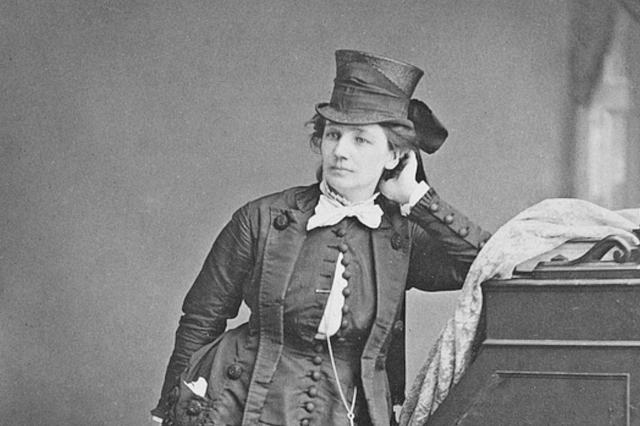| W henever you fill up your tank, you may notice that the price per gallon of gasoline always ends in nine-tenths of a cent — for example, $3.699 per gallon, sometimes displayed as $3.69 and 9/10. You've also likely noticed that it's pretty much the only everyday commodity that's priced that way. Even a whole penny hardly makes a difference now, so why bother charging a fraction of a cent? As it turns out, the strange pricing is a holdover from a 1932 law. |
|
| During the Great Depression, a penny was worth a lot more than it is now. The average gallon of gas cost about 20 cents in 1930, and in some parts of the country was as low as 10 cents. When the Revenue Act of 1932 was passed, it allowed for the first federal gas tax. The tax rate of 1 cent per gallon was pretty significant at the time; in some areas, that increased fuel prices by 10%. It made a difference, too: Ultimately, gas accounted for nearly 8% of tax revenue in 1933. Gas station owners, who paid the tax when purchasing fuel from suppliers, were faced with three options: They could eat the tax and take the hit to their profit margin, raise prices by an entire cent (which, again, was a lot at the time), or increase prices by less than a penny and pay the difference. The third option was less of a shock to motorists, but still made up a portion of the tax burden, so it seemed like a good compromise to most retailers. |
| As the interstate highway system grew in the 1950s (and gas prices stayed roughly between 20 cents and 30 cents per gallon), pricing gas to a fraction of a cent also proved to be effective marketing, making rates appear lower to motorists who saw them displayed on signs along busy highways. It's the same concept as charging $1.99 instead of $2 — consumers tend to focus on the leftmost digit of a price, making for an effective illusion even to savvy shoppers. But that last fraction of a penny adds up to millions of dollars in revenue each month for gas retailers as a whole; in 2006, one gas station operator cut out the nine-tenths of a cent as an experiment and figured he lost about $23 a day. Roughly 90 years after the 1932 law was passed, pricing gas to nine-tenths of a cent is still nearly universal, but there's nothing mandating that gas stations price their gallons this way. In fact, a 1985 law in Iowa banned the practice, though the law was repealed just a few years later. |













No comments:
Post a Comment